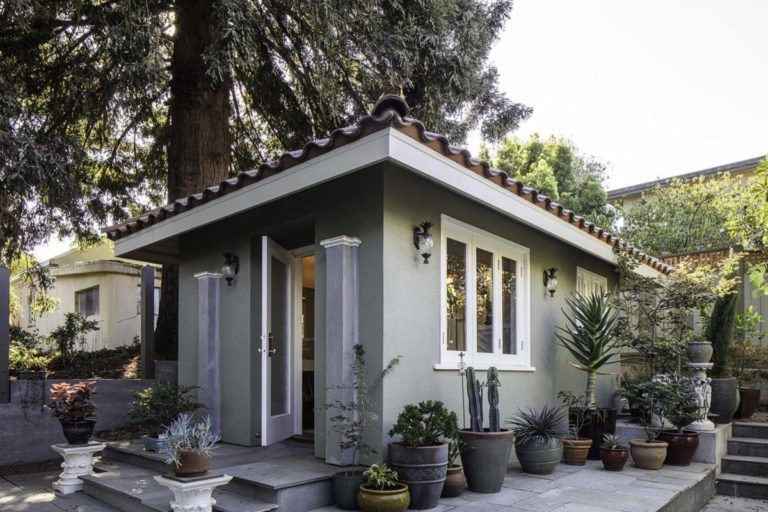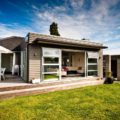ADUs are Accessory Dwelling units. Also referred to as a backyard home, granny flat, in-law suite, guest house, back house, they are separate living units complete with their own entrance, living space, kitchen, and sleeping areas. An ADU is the most convenient way to increase the living space on your property. In addition, it is the most cost-effective way to increase the value of your home. An ADU can be rented out for monthly rental income or a house for a family member. There are a lot fewer restrictions (lower permit fees, more precise parking requirements, fewer building restrictions, etc.) for building ADUs than conventional additions.
But why has this type of construction begun to grow so much in California cities? Here are the main reasons.
First of all, LA city has become the epicenter of production, almost half of ADUs permitted between 2017 to 2019 were built in Los Angeles. The city is followed by San Francisco and Oakland, who only produce half of LA’s rate.
Another important fact, ADUs production is constant, even though permit rates are not methodical or don’t necessarily show persistence. It cannot be associated with median household income, rent, population; and nevertheless production perseveres.
Finally, the most important fact to predict ADUs production is access to employment. This fact is more relevant than rent, income or region.
Surprisingly, there are two economic variables that do not show the expected relevance when it comes to predicting high demand for ADUs: higher rent and higher homeowner incomes.
What’s next?
ADUs production has increased and it is becoming a sensation in California. If demand and production are kept at this level over the next few years, 10% of LA houses will have an ADU by 2026. Even if reasons for this boom can’t yet be proven to be real (except particular city regulations), we can’t deny the increase in ADUs demand over the last 4 to 5 years.







